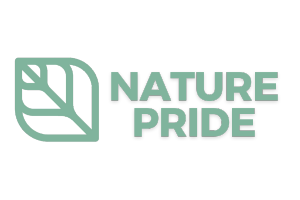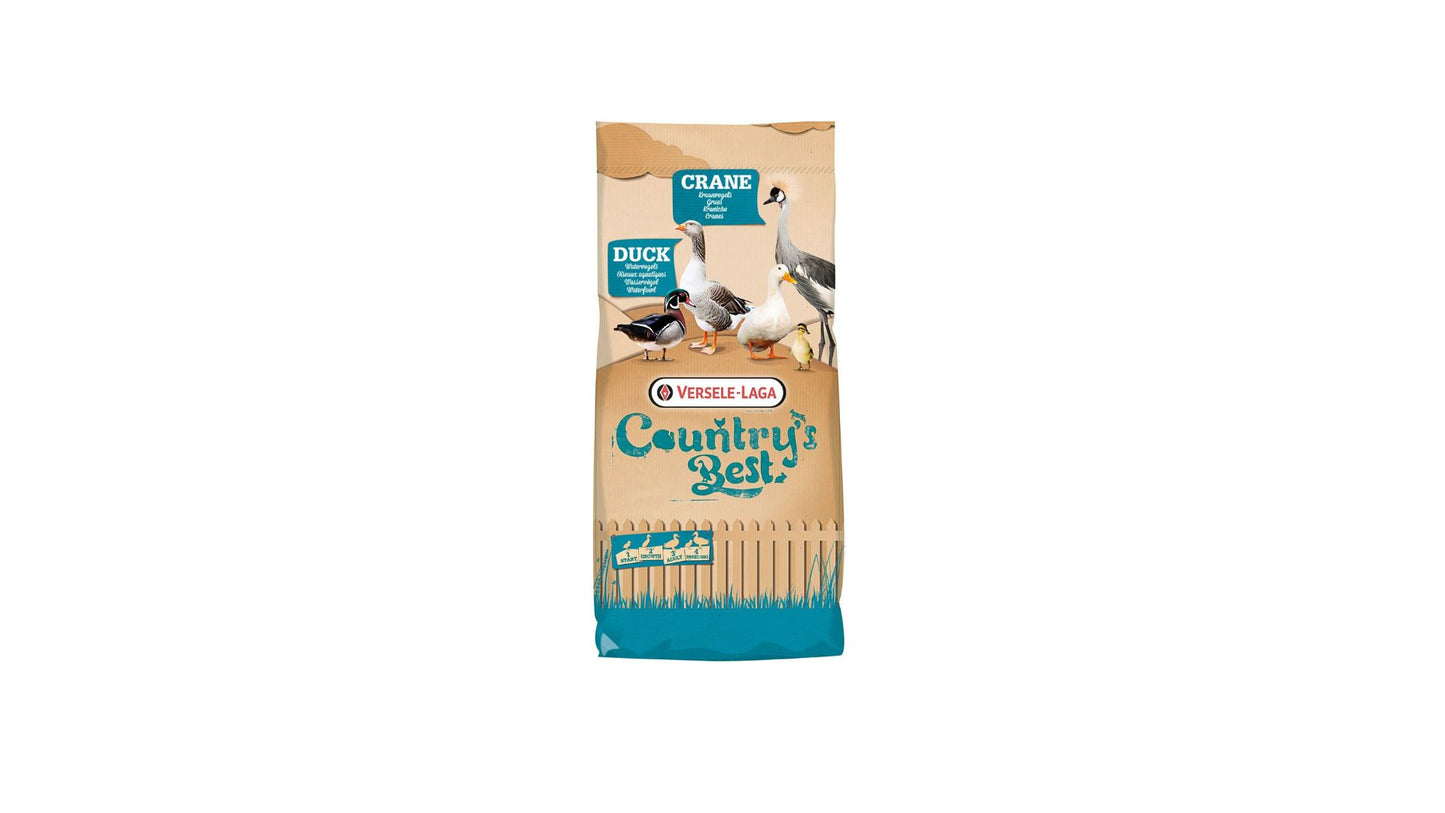


2 mm breeding pellet for waterfowl
The presence of omega-3 fatty acids and natural pigments contributes to optimal feather colouring and shiny plumage.
wheat, maize, sunflower seed feed, soy feed (produced from genetically modified soya), calcium carbonate, rape seed feed, wheat gluten feed, rice bran, wheat bran, maize gluten feed, linseed, soya oil, monocalcium phosphate, sodium chloride, sodium bicarbonate, marigold extract
crude protein 15.5%, crude fat 4.5%, crude ash 10.0%, crude fibre 4.5%, lysine 0.74%, methionine 0.36%, calcium 2.70%, phosphorus 0.62%, sodium 0.15%
3a672a vitamin A 10000 IU, 3a671 vitamin D3 1500 IU, 3a670a 25-hidroxicolecalciferol 0.038 mg, 3a700 vitamin E (all-rac-alpha-tocopheryl acetate) 100 mg, vitamin C 50 mg, 3b103 iron (ferrous sulphate, monohydrate) 45 mg, 3b202 iodine (calcium iodate, anhydrous) 1.00 mg, 3b405 copper (cupric sulphate, pentahydrate) 15 mg, 3b503 manganese (manganese sulphate, monohydrate) 75 mg, 3b605 zinc (zincsulphate, monohydrate) 70 mg, 3b802 selenium (coated granulated sodium selenite) 0.20 mg, 3b815 selenium (L-selenmethionin) 0.10 mg
4a1617 endo-1,4-β-xylanase (EC 3.2.1.8) 1500 EPU, 4a16 6-phytase (EC 3.1.3.26) 250 OTU
antioxidants, preservatives
E161g canthaxanthin 2 mg
• Period: During the breeding and laying season.
• The feeds can be freely administered.
• Always provide Grit for an easy digestion. Grit also has a positive effect on the skeleton and the formation of the eggshell.
• Make sure you frequently change the feed and clean the feeding and drinking area and utensils.
• For an optimal development and health, take the life phases and periods into account.